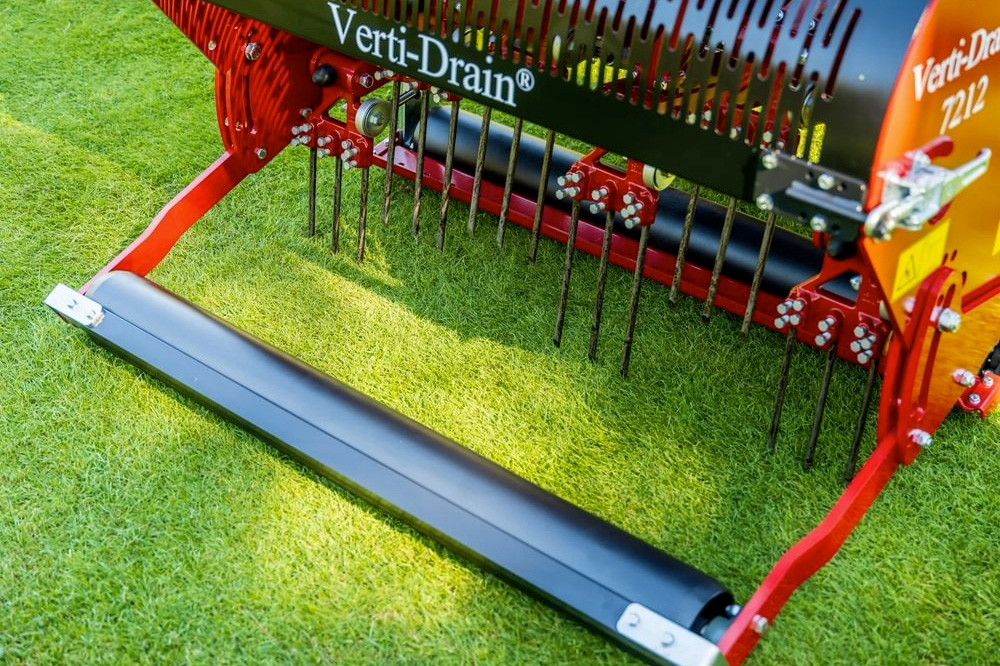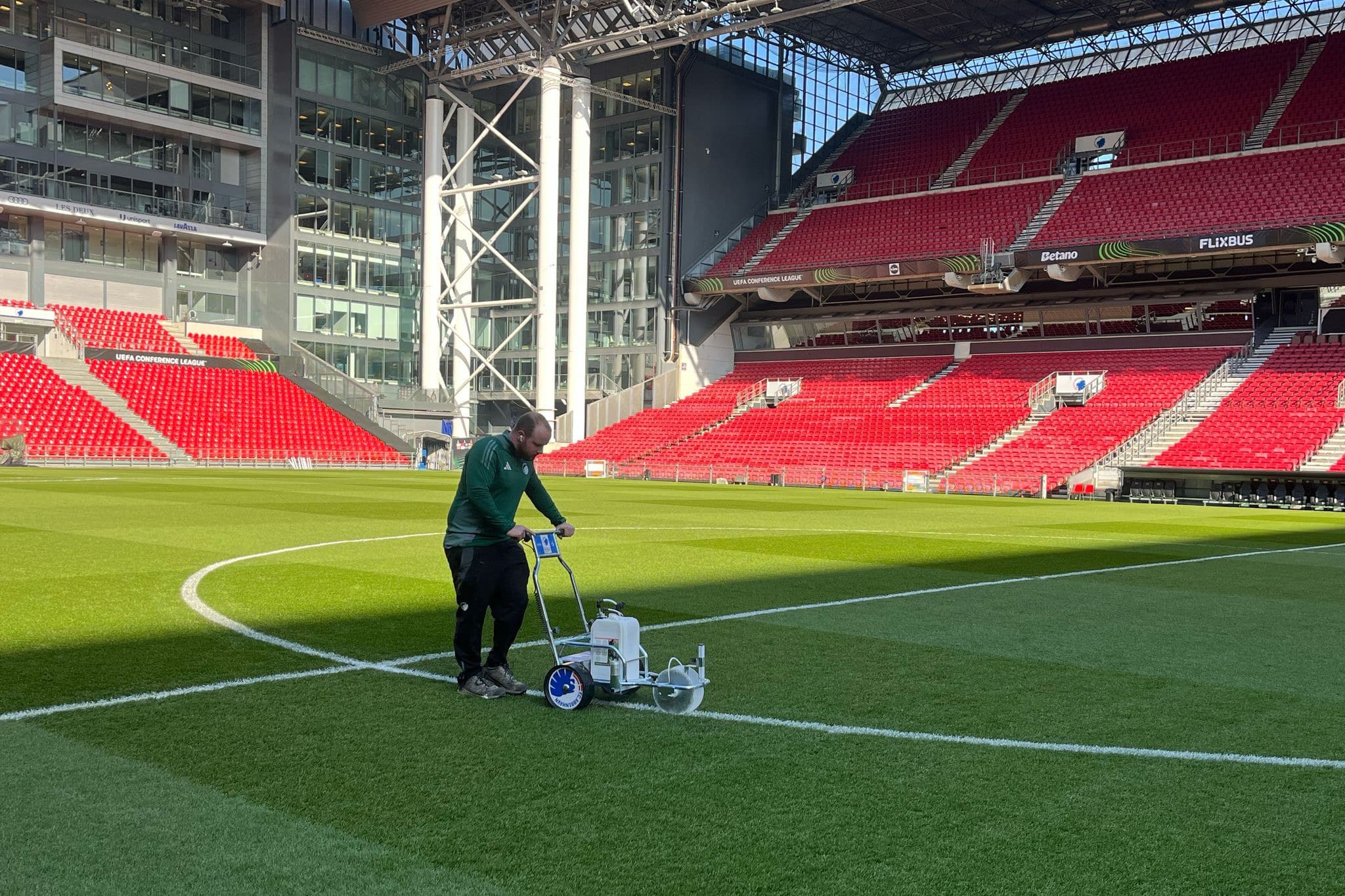
STIHL climate neutral
In a first phase, all plants in Germany (Waiblingen, Fellbach, Ludwigsburg, Weinsheim, Wiechs am Randen) and the distribution center in Dieburg will become climate neutral from 2021. The focus will be on direct and indirect CO2 emissions over which they can have direct influence (scopes 1 and 2 of the Greenhouse Gas Protocol). In the future, they will therefore cover their entire electricity needs with 100 percent green power. They will offset the CO2 emissions they cannot avoid in the short term by supporting international climate protection projects certified with the internationally recognized independent Gold Standard. In the longer term, they will Reduce emissions through sustainable energy efficiency measures introduce. In addition, they will significantly increase the generation of their own green energy to reduce the gradually reduce the amount of carbon offsets.
STIHL's climate strategy
"As a family business with a commitment to sustainability, STIHL is aware of its responsibility to the environment. We are determined to meet the goal of the Paris Climate Agreement: to limit global warming to well below 2° Celsius. With our climate strategy, we want to do our part and expand our activities in the area of climate protection," says Michael Prochaska, member of the Executive Board for HR and Legal Affairs, responsible, among other things, for the Sustainability department.
After STIHL Germany - with about 40,000 tons the main source of CO2 emissions within the STIHL Group - all other global manufacturing companies will follow in 2022: Austria, Switzerland, China, the United States, Brazil and the Philippines. Distribution companies around the world will gradually be included in the climate audit from 2023 to 2028 at the latest. Regarding emissions from upstream and downstream processes (scope 3) outside of STIHL's actual operations, they are currently evaluating the reduction potential with the ambitious goal of becoming climate-neutral well before 2050 - that is ahead of the timetable set by the Paris Agreement.
The pillars of climate neutrality
STIHL's climate strategy is based on the following pillars:
Green power
STIHL will in future use only green power in Germany, in other words power generated from renewable sources. This will allow them to immediately reduce energy-related CO2 emissions from German power plants by about 50 percent.
Energy efficiency and generation
"Basically, we want to be as resource-efficient as possible in our production processes: efficient use of materials, economical use of water, electricity and heat, and sustainable design of buildings and spaces. All of these are pillars of our strategy. We will now intensify our efforts and resolutely make full use of the further potential for the conservation of natural resources," explains Martin Schwarz, member of the Executive Board for Production and Materials.
By 2030, energy efficiency must increase by at least 40 percent compared to 2019. STIHL will also increase its own production of green energy by installing more solar plants, for example.
Compensation
STIHL believes in the principle that reducing emissions takes precedence over offsetting them. However, unavoidable emissions - for example from combustion plants or electricity in countries with limited or no green electricity available - are mitigated through offsetting measures. For example, STIHL supports a Gold Standard certified climate protection project in Gatsibo, Rwanda. Locals there must boil water on an open fire in order to use it as drinking water. Burning wood, which must first be felled, releases greenhouse gases. This is where the project wants to respond: it finances the renovation of drinking water wells and the use of efficient cooking stoves. On the one hand, this means a reduction in CO2 emissions and deforestation. Moreover, biodiversity is not further affected. The local population has a safe drinking water supply and is thus protected from diseases. In particular, this project significantly increases the quality of life of women and girls.
More detailed information about the STIHL climate strategy can be found on the website at: stihl.com/climate-strategy




